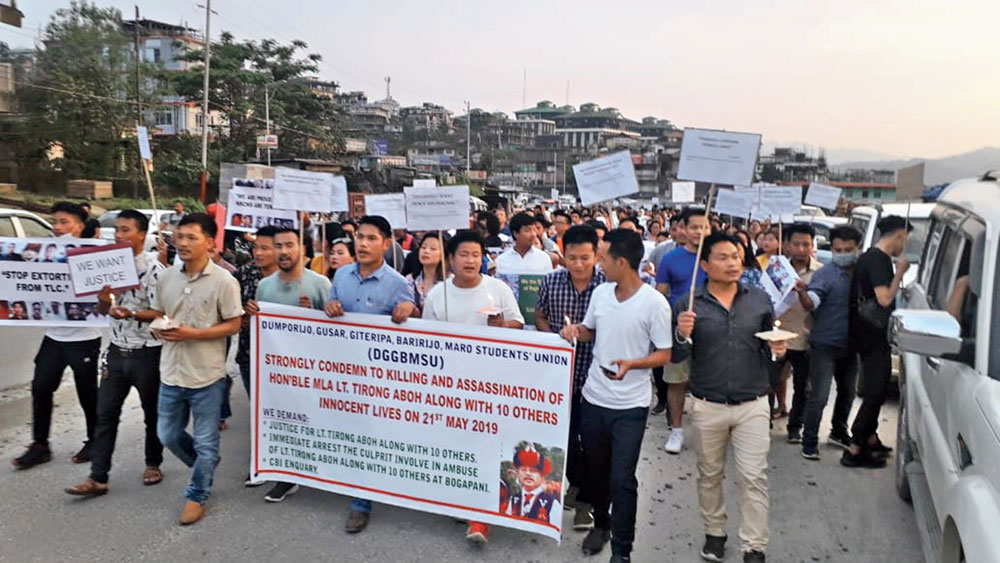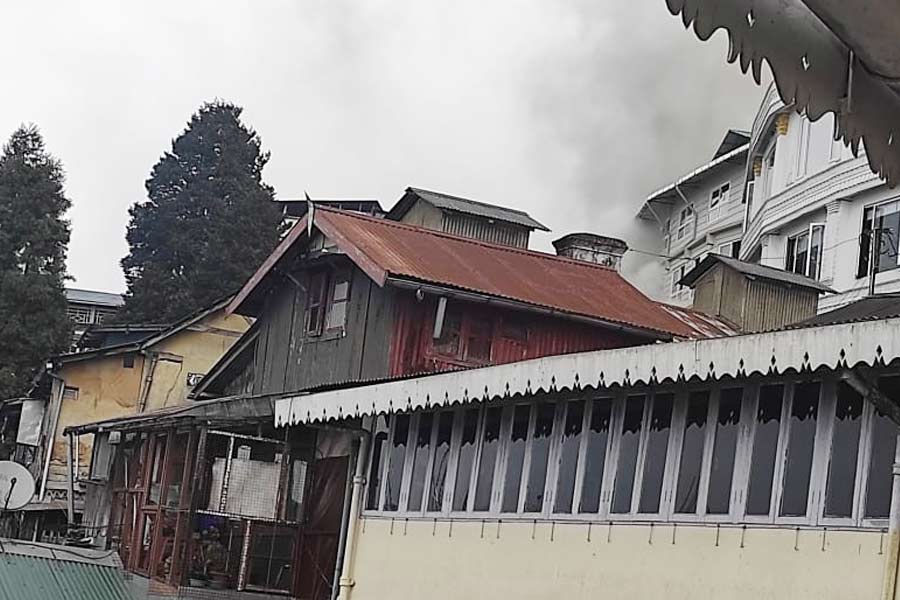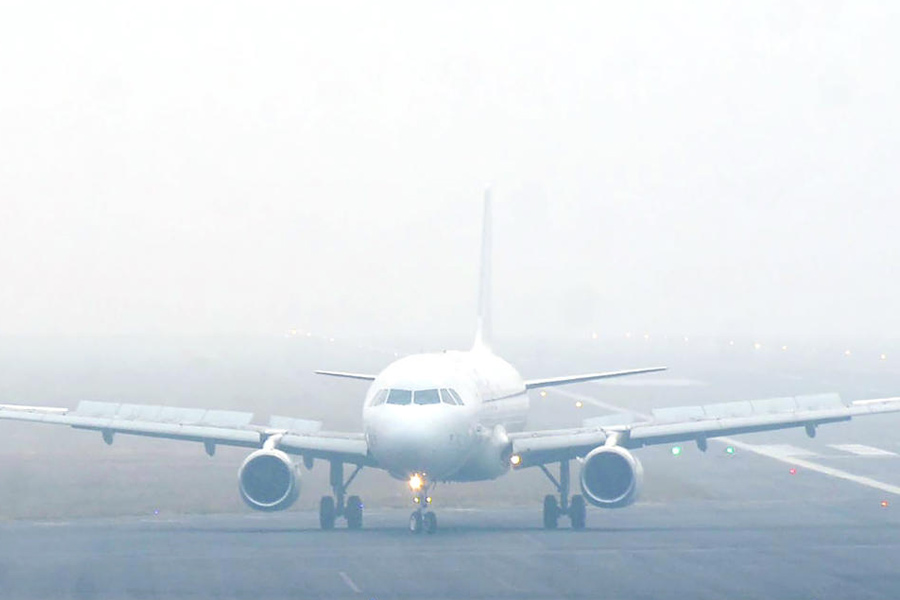The Aung Yung-led NSCN (Khaplang) faction on Tuesday accused the Myanmarese army of creating a “war-like situation in the Naga areas” by deploying massive forces with heavy artillery.
The Myanmar army launched operations against the NSCN (K) on May 16.
The outfit, in a release issued by the in-charge of its ministry of information and publicity wing “Major” Joseph Lamkang, said the Tatmadaw had indiscriminately fired artillery and heavy guns on jungles and nearby populated areas in Konyak region a few days back to spark fear and panic in the minds of “revolutionaries and innocent public”. The release alleged the Myanmar army completely violated ceasefire ground rules by “forcibly intruding” into the NSCN/GPRN council headquarters at Taka on January 29.
While the NSCN/GPRN army maintained restraint and was vacating the headquarters, some senior members of its ceasefire delegation team and cadres were arrested by the military under false charges and confined at Khamti prison, the outfit said.
The release said the NSCN/GPRN had signed a legal ceasefire agreement with Myanmar on April 9, 2012.
It said the rules included cessation of all hostilities, ceasefire office at the designated camp at Khamti, providing information on troop movements within each other’s jurisdiction, free passage for NSCN/GPRN members without arms and uniform within Myanmar and to cooperate and work together to promote peace and development in the Naga areas. It said the ceasefire was “not secretive but crystal clear”.
It said the complexity of the ceasefire arose after the Myanmar government began adopting a hostile attitude towards the Nagas, accusing the NSCN/GPRN of making baseless allegation and enforced its national ceasefire agreement.
It said the NSCN/GPRN refused to sign the agreement as it was “completely alien to the Nagas”.
The outfit also alleged that India resorted to “ill-tactics to sabotage the struggle” by masterminding the ongoing joint operation and extending all possible logistics and material support to the Tatmadaw. It termed the joint operations by “both colonial countries” as a “covert alliance” to carry out a well-coordinated operation in order to “completely wipe out the Naga revolution and continue their hegemonic policies to dominate and subjugate the Naga country”.
The outfit accused Myanmar and India of adopting similar policy to divide Nagas based on artificial boundaries to completely assimilate them politically, economically and culturally into the Myanmarese mainstream.
It thanked every Naga citizen and well-wishers for their overwhelming support and encouragement at the crucial moment of the national struggle and appealed to all Nagas from north, south, east and west to unite and give unwavering support to the “genuine cause”.











